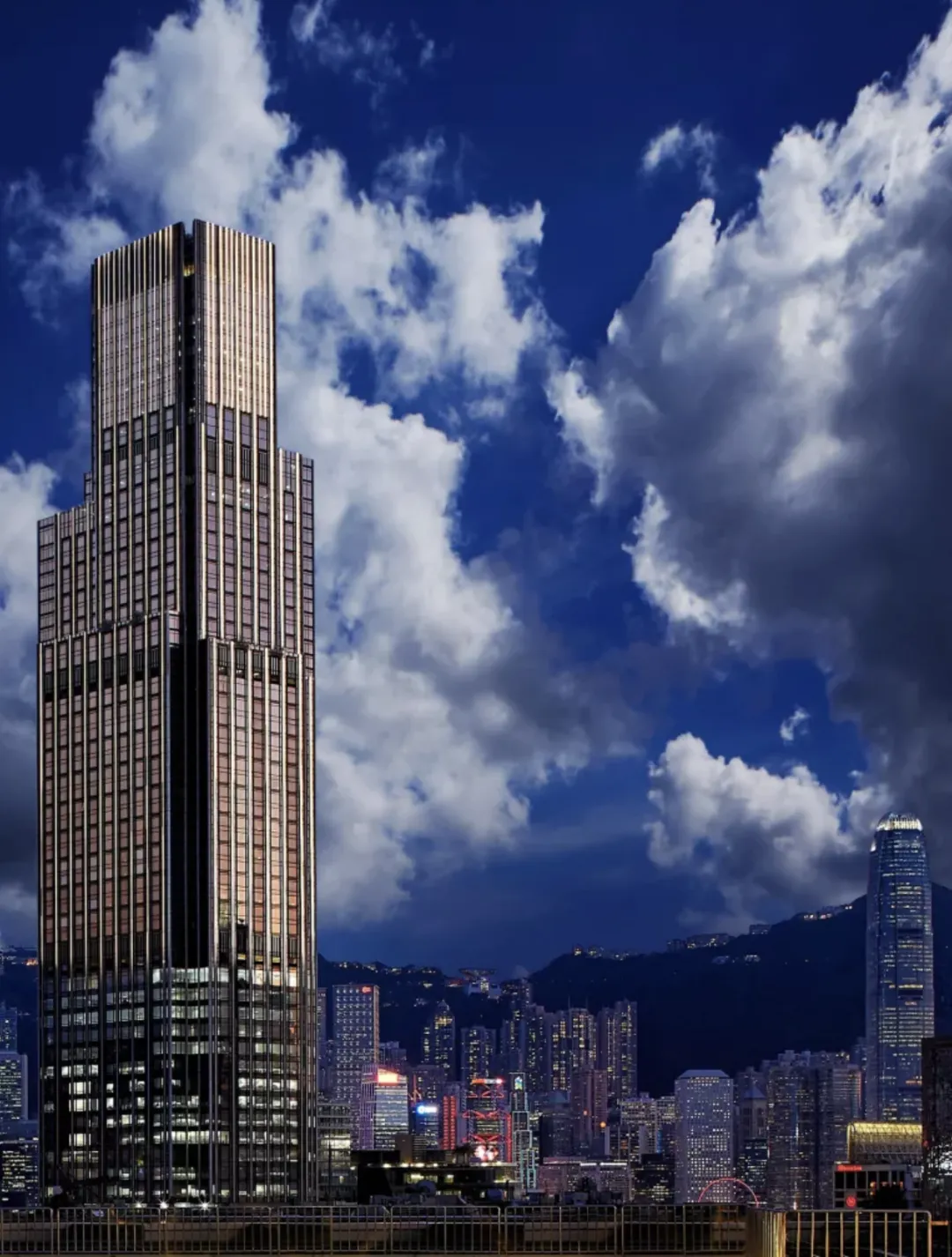
March begins with unprecedented hectic errands, the outburst of workloads diverts my spinning thought to another weekend getaway for the soma and soul. The late night whim to sojourn in the famed Rosewood Hong Kong and dive in the gleaming marble vanity heaven is absolutely beyond a fancy. My travel agent services affluent clients for long and reads my craving, she settles the booking in a click. If I had lost the sense of balance, it could only be regained through the sense of place.
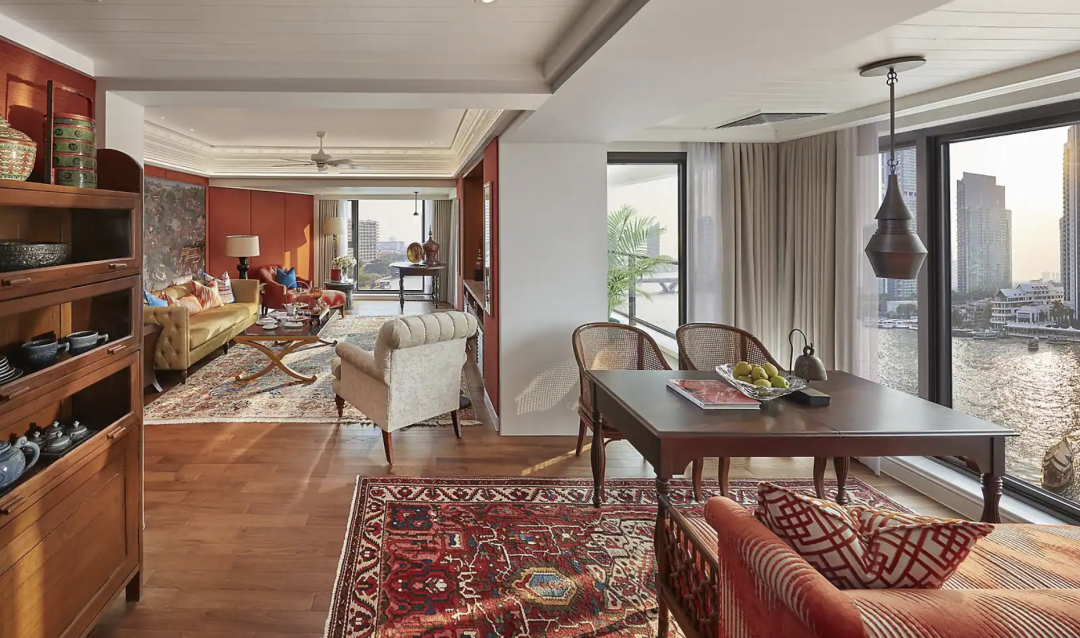
Amidst the jolly sparkling Sunday brunch vibe at the riverfront, my request for usual liquid kale and ginger detox formula appears to be too sober and requires an affirmation. The order placement is treated with assurance and avidness, a Mandarin…
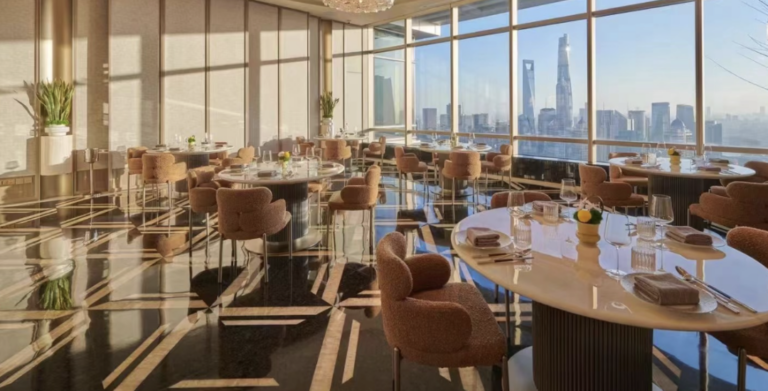
In March this year, I paid my first visit to Selection by Du, the flagship of “Amazing Chinese Cuisine” located on the Bund. It reminded me of my last conversation with Mr. Du four years ago. Time flies in the blink of an eye. Amazing Chinese Cuisine has now expanded to four branches, but one thing remains unchanged: Mr. Du Jianqing's obsession with quality, which is an unquestioned fact in the food community.
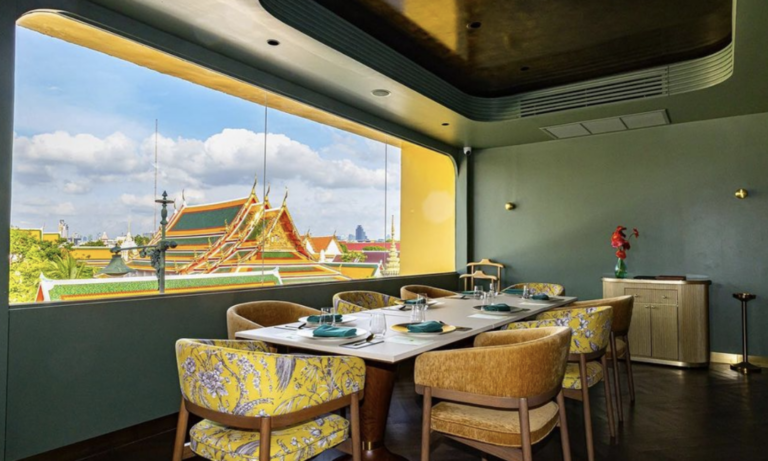
Earlier this year, I finally revisited Bangkok and had the pleasure of dining with Tam (Chaisiri Tassanakajohn), the co-founder of the acclaimed Nusara restaurant, who is also the younger brother of Le Du’s Chef Ton (Thitid Tassanakajohn). Since its opening in 2020, Nusara has proved hugely popular for its unique Thai cuisine and family-influenced culinary traditions, garnering a third place at last year's Asia's 50 Best Restaurants.

Even the worldaround us is building more walls, globalization continues to flow through intangible things. Whether it's the fusion of various cuisines or the subtle tweaks made to local dishes in order to bring in other culinary traditions, one can see that a new generation of chefs is creating trends – each has a story behind. Chef Pam's fusion cuisine stems from her family background. Thai by birth, Chef Pam is the fifth generation of her family who immigrated from southern China. Chinese-Thai cuisine was her everyday diet, which also led to the creation of Potong, one of Bangkok's most sought-after restaurants.
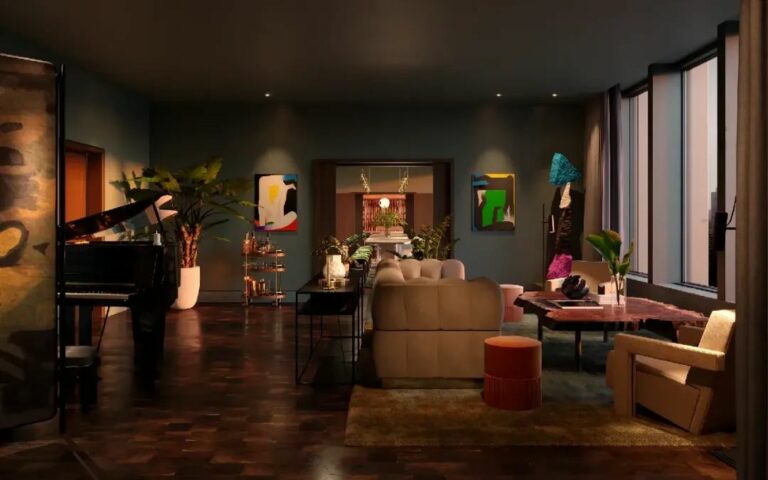
Carlyle & Co., perched above the sumptuous Rosewood Hong Kong below, whispers intimacy and exclusivity. Named after and inspired by its iconic The Carlyle in New York, it is a club destined to be a young elite heaven and the urban tale for the sophisticated affluent Generation Y from the primordial phase.
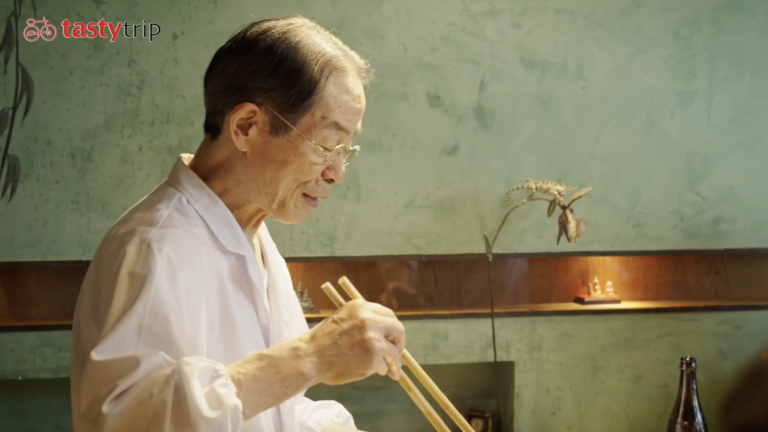
A person who is able to do simple things to the fullest without being distracted can be called a shokunin (professional). But what is the definition of a person who goes beyond being professional? Tetsuya Saotome, the 78-year-old chef of the prestigious Japanese tempura restaurant Mikawa Zezankyo, is often referred to as one of the gods of Japanese cuisine. He has made “making tempura” a form of art, which is not only backed up by intuition but also by science.
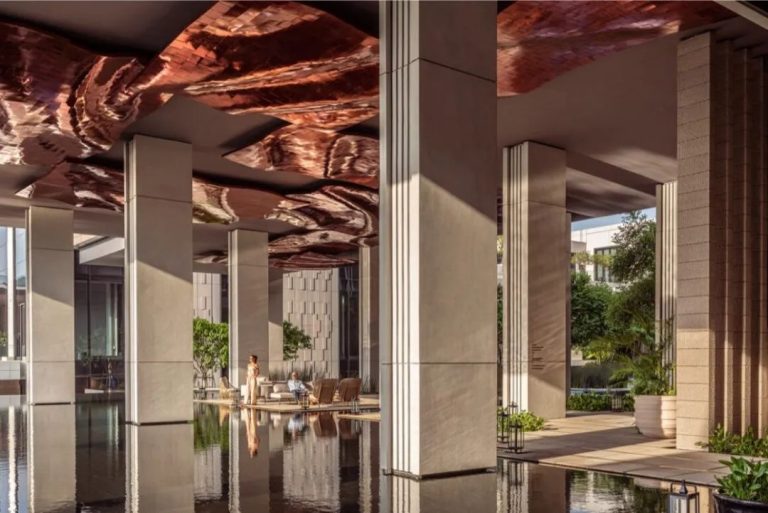
After a six-year hiatus, Four Seasons comes back with an incredibly stylish Jean-Michel Gathy crown jewel. Swapping its central location for the riverside, the Four Seasons Bangkok has transformed into a city resort with overt design credentials.
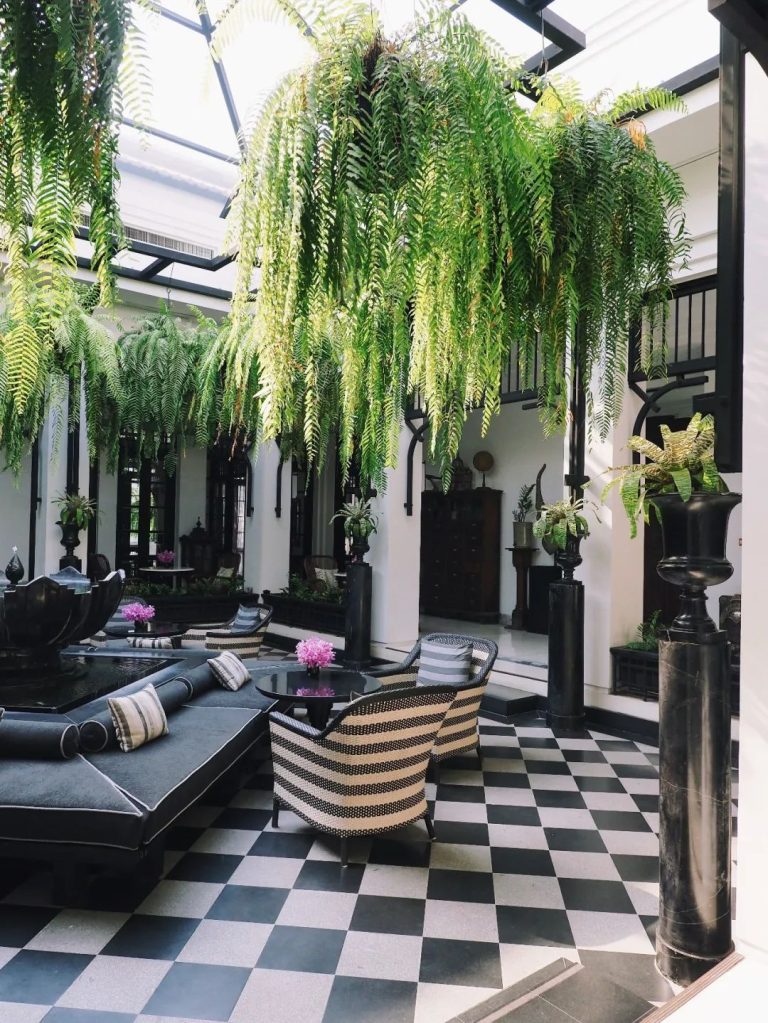
The Siam is undoubtedly the hallmark among the exuberant designs led by starchitect Bill Bensley and, in his own words, it is a unique animal: part hotel, part museum, part resort. Commissioned by the stellar Sukosol family, this 39 units manor houses the stunning 25,000 antiques, it is destined to be its own kind. The ubiquitous Art Decor theme of the hotel transports guests back to the golden age of Bangkok, the reign of Rama V. And the verdant banana trees in the levelled water feature of the Musee d’Orsay inspired main residence add on an incomparable tropical ambience.
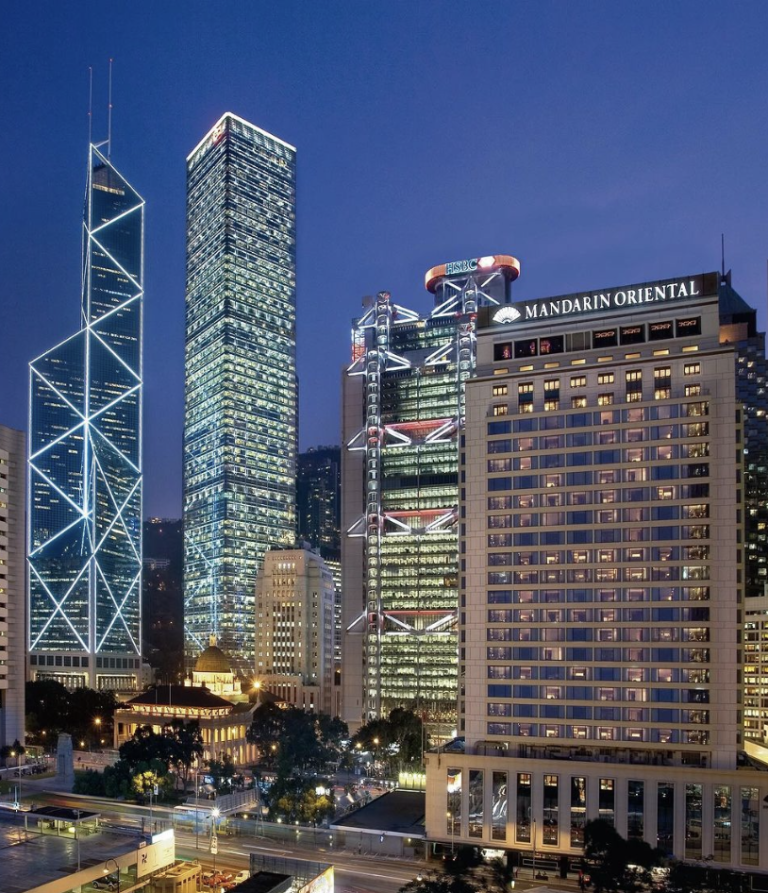
Hong Kong always inspires the opinionated zeal: staying in Central or TST has always been THE most important question. The fashionable set prefers the Rosewood Hong Kong or the Upper House for a glance of glam and skips the Central issue. The discerning hotel junkies rave about the stunning harbour view of the Four Seasons Hong Kong or simply stay in the Murray building. Back to the question, I have chosen to reside close to the stature square since 2010s, my address can only be the peerless Mandarin Oriental Hong Kong, the exceptional grande-dame on the island.














